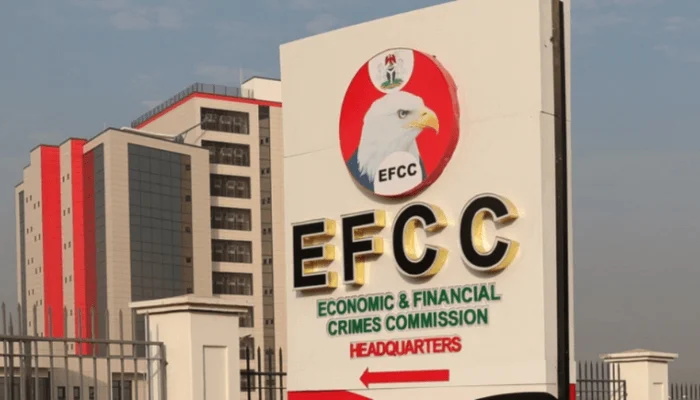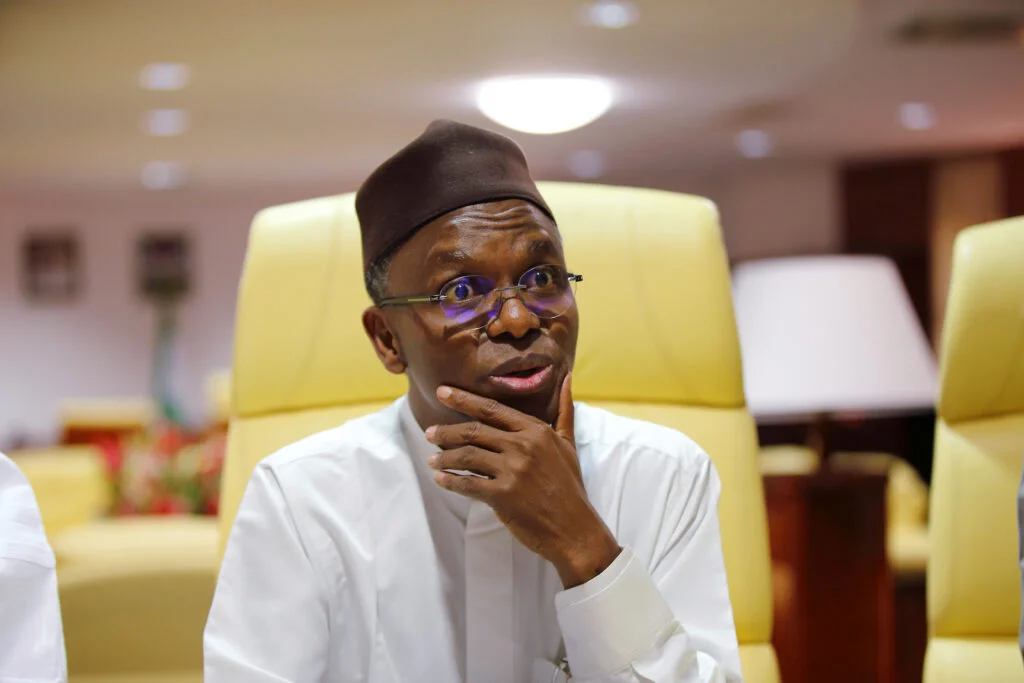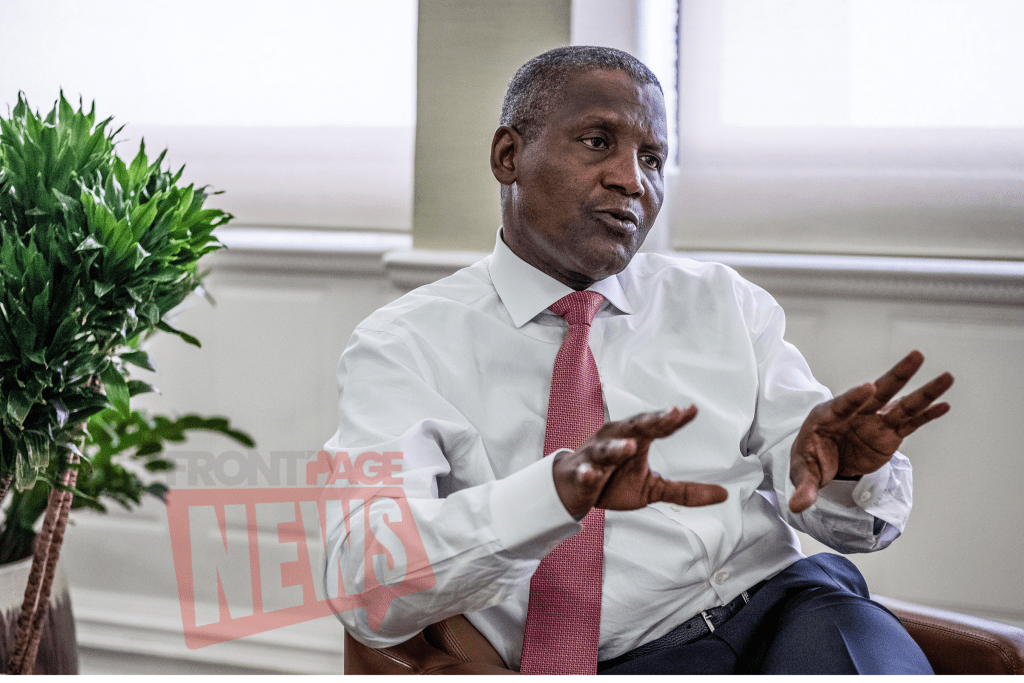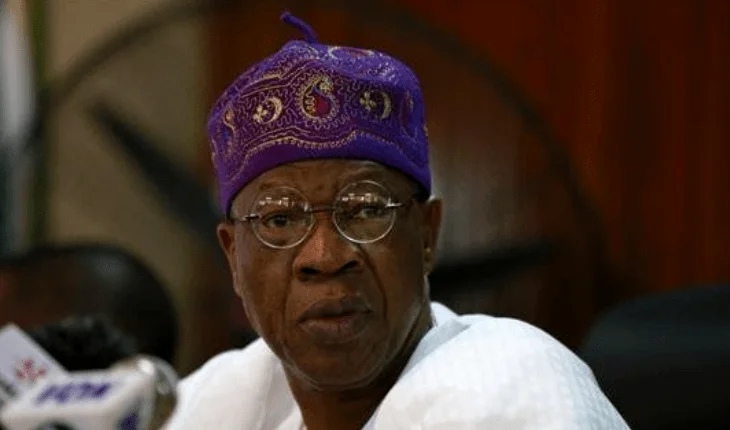Nigeria’s public debt may surge to ₦160.6 trillion by the end of 2025, marking a critical increase in the country’s fiscal vulnerabilities. According to the newly released H2 2025 economic outlook by CSL Stockbrokers Limited (a subsidiary of FCMB Group Plc), the government may secure an additional ₦9.3 trillion or more in the second half of the year. This move would raise public debt to approximately 50.2% of pre-rebased GDP.
“We expect the government to ramp up its borrowing efforts in the second half of the year to bridge the widening fiscal gap,” CSL stated. Moreover, the report forecasts that the increased borrowing could push total public debt above ₦160.6 trillion.
Oil Revenue Decline and Stalled Tax Reforms Deepen Deficit
CSL’s stark warning underscores increasing anxiety over Nigeria’s fiscal path. The government continues to face serious challenges from low oil revenue and delays in vital tax reforms. While the 2025 budget projected a 3.9% fiscal deficit, CSL anticipates this figure could rise to 5.8%. The escalation stems from shortfalls in both oil and non-oil revenues.
On the oil front, Nigeria has struggled to hit its 2025 production target of 2.06 million barrels per day (mbpd), producing only about 1.67 mbpd from January to May. This underperformance, in conjunction with average oil prices of $70.82 per barrel—below the $75 benchmark—has significantly reduced revenue inflows.
Furthermore, revenue from non-oil sources continues to decline. The proposed increase in Value Added Tax (VAT) from 7.5% to 10% failed to pass, and key tax reforms have been postponed until 2026. Complicating matters further, the Nigerian National Petroleum Company Limited (NNPC Ltd.) remits only about half of fuel subsidy savings to the Federation Account, further constricting budgetary flexibility.
Borrowing Strategy: N9.3 Trillion Push and Dollar-Denominated Debt
In its efforts to close the fiscal gap, the Federal Government plans to ramp up both domestic and external borrowing. CSL’s outlook references a newly submitted $25 billion medium-term borrowing plan that includes foreign-currency denominated local debt instruments. Experts suggest Nigeria may also re-enter the international capital market to refinance a maturing Eurobond this November.
CSL cautions that although public debt may appear to drop marginally to 50.7% of GDP by year-end—thanks to the planned rebasing of GDP—this figure masks deeper challenges to debt sustainability.
Current Debt Figures Paint a Troubling Picture
Nigeria’s public debt stood at ₦149.39 trillion as of March 31, 2025. This marks a ₦27.72 trillion (22.8%) increase from ₦121.67 trillion a year earlier. The Debt Management Office (DMO) also reported a quarter-on-quarter rise of ₦4.72 trillion (3.3%) from ₦144.67 trillion at the end of Q4 2024.
The surge in debt stems primarily from increased government borrowing to cover budget deficits and the depreciation of the naira, which inflates the cost of foreign-denominated debt. As public debt mounts, so too does the burden of servicing interest payments and supporting recurrent expenditures.
Fiscal Pressures Spur Reliance on Debt
Faced with mounting financial constraints, the government leans heavily on borrowing to fund key areas such as infrastructure, debt servicing, and recurrent costs. Domestic borrowing pushes up borrowing costs and can crowd out private sector credit, while external debt exposes the government to exchange rate risk.
Without new revenue sources or decisive reforms, Nigeria risks hitting a fiscal tipping point. Even as government borrowing covers immediate needs, it may lock the country into a cycle of high debt costs and limited fiscal flexibility.
Key Takeaways
-
Projected Debt Increase: Federal borrowing may push total public debt above ₦160 trillion by year-end.
-
Rising Fiscal Deficit: Low oil output and delayed tax reforms could widen the deficit to 5.8% of GDP.
-
Revenue Shortfalls: Oil underperformance and bottlenecks in VAT and tax reforms continue to squeeze revenue.
-
Debt Strategy: Government plans include ₦9.3 trillion in H2 borrowing, a $25 billion medium-term plan, and potential Eurobond refinancing.
-
Rising Debt Levels: Public debt hit ₦149 trillion at end-Q1 2025, increasing on both annual and quarterly bases due to borrowing and naira depreciation.
-
Fiscal Risks: Heavy reliance on debt servicing, limited fiscal space, and potential market pressures pose escalating risks.
In summary, Nigeria faces mounting fiscal stress. While GDP rebasing may offer a temporary reprieve, it masks the underlying trajectory of rising debt and fiscal instability. Without urgent reforms—such as boosting oil and non-oil revenues, passing key tax measures, and curbing borrowing—the country may face growing debt pressures, increased borrowing costs, and reduced fiscal flexibility moving forward.













